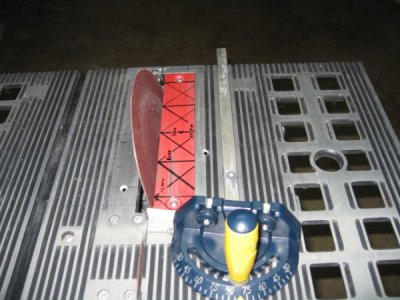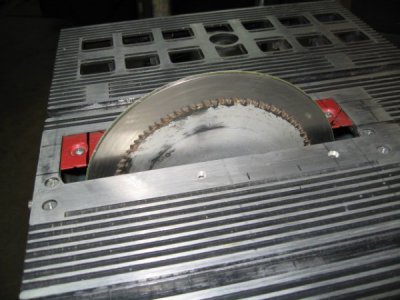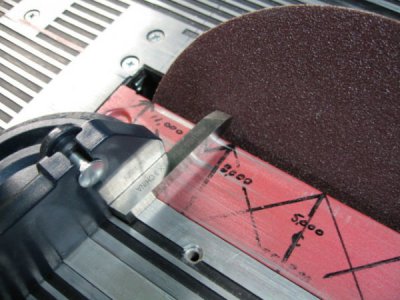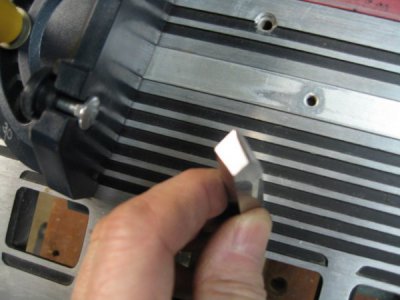B
Bill Gruby
Forum Guest
Register Today
If you cool the tool in a soup can does that mean you lunch will be warm ?? ROTFLMBO
"Billy G"
Last edited by a moderator:
Take a look at Oxtool and ABomb79's YouTube video series entitled Chip Control. Tom and Adam go at it trying to take the biggest cut using HSS hand ground bits, showing how they like to grind their tool bits. IIRC one of them uses a hand grinder with the bit clamped in a vise to rough in the bit then move to the pedestal grinder.
Any tips on how to speed this process up?




